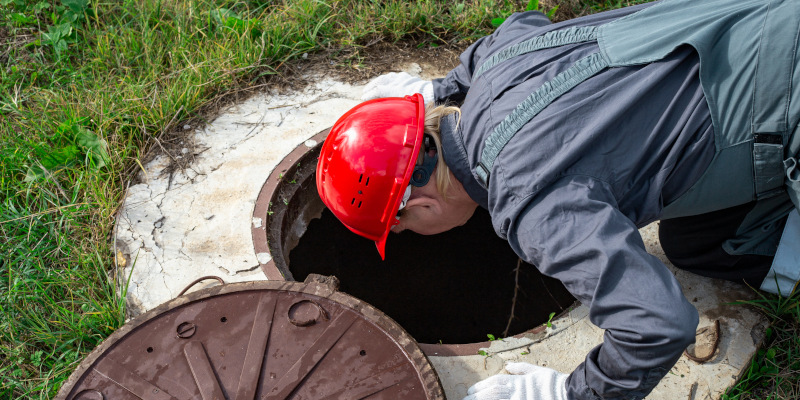When you encounter an issue with your septic system, the results can often be messy to say the least. The key to avoiding them is routine septic inspections from qualified professionals. During an inspection, they methodically examine various components of your system, looking for any brewing issues.

In this blog, we’ll take a tour of your septic system through the inspector’s eyes, showing you the critical aspects they examine at each check-up visit.
- The Septic Tank’s Water Level. If the water level is too high or too low, it can indicate obstructions, leaks, or drain field issues. Getting these water levels back within normal range prevents the tank from overflowing.
- The Condition of Your Leach Field. The leach or drain field is a subsurface drainage area where treated wastewater from your septic tank percolates into the ground. During a septic inspection, the inspectors will check for soft or soggy spots that denote the field is saturated and can’t process more waste.
- Potential Leaks in the System. Technicians will also check for potential leaks in tanks, pipes, or connections in the system. Even minor leaks should get repaired immediately to prevent major messes later on.
- Sludge Levels in the Tank. Additionally, your septic pro will measure sludge levels inside the septic tank. Too much sludge reduces the tank’s overall wastewater capacity, as well as its ability to filter solid waste.
- Condition of the Baffles and Distribution Box. The baffles and distribution box have different purposes, but they both play key roles in the flow of wastewater from the septic tank to the leach field. Therefore, they must be in prime condition.
Regular septic inspections will maximize your system’s life span and ensure your plumbing keeps flowing smoothly for years to come. If you’d like to schedule this service, get in touch with us today.


